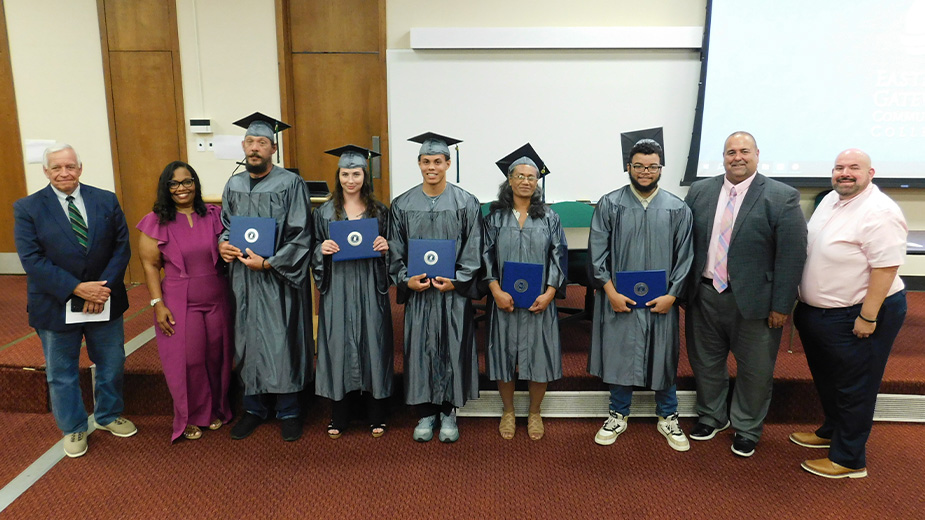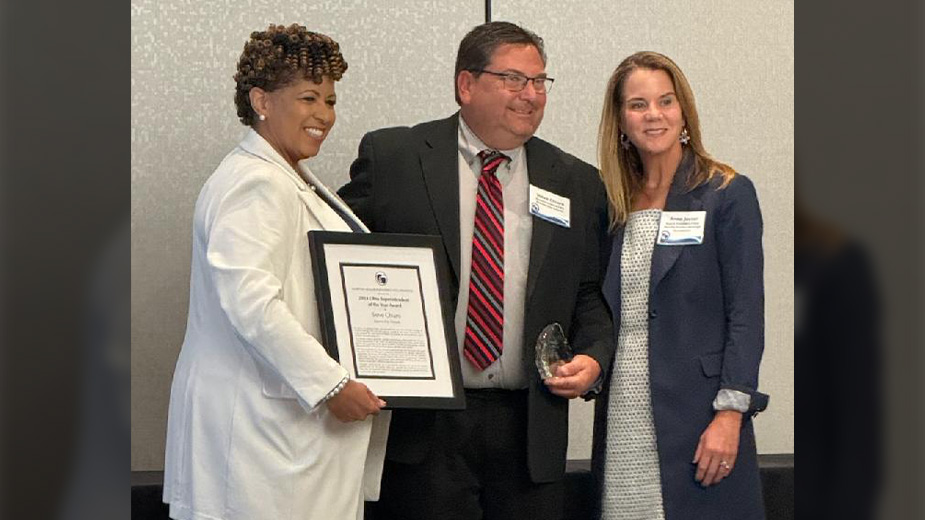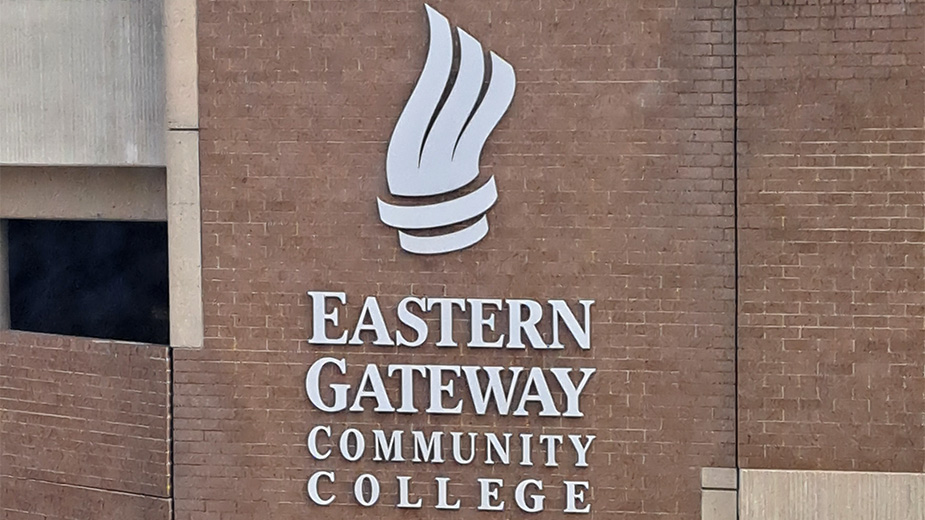Grove City College Radio Marks a Century on Air
By Nick Hildebrand, GCC Communications
GROVE CITY, Pa. –Sunday marked the 100th anniversary of a major event in the history of Grove City College: the birth of college radio and its first broadcast.
At the time, radio was in its infancy. Experiments in “radio telephony,” had been going on since the early days of the 20th century. Grove City College professor Dr. Herbert Harmon, chair of the physics department, had been working in the field since 1911. His work on radio transmitting and receiving was recognized as significant – he won $100 in gold for his design of “a practical radiophone for the amateur“ in 1919 – and helped lay the groundwork for later advances and the eventual commercialization of the medium.
“Harmon’s early research and experimentation, conducted in the old Grove City High School that was across the street from lower campus, made possible some of the earliest advancements in audio transmission, i.e. ‘radio telephony,’ and earned him a spot as a pioneer in broadcasting,” says Darren Morton, director of Broadcasting and Audio Support Systems and director and engineer for WSAJ Radio.
Harmon was experimenting with transmissions as early as 1914 before the government shut down all civilian radio stations during World War I. After the hostilities ended, Harmon secured an experimental call sign – 8YV – on Dec. 1, 1918, and made his first experimental transmission on July 25, 1919. Less than a year later, on April 26, 1920, the station that would become “The One” broadcast a speech by then-President Weir C. Ketler to the New Castle Rotary Club, meeting 20 miles from campus.
At the time, it was a technological wonder and significant development in regional broadcasting. It would be months before KDKA in Pittsburgh, the first commercial radio station in the country, was established. The transmission to New Castle became part of Grove City College lore, with many contending that the college had “the first station on air in the country.” That claim is very hard to prove since the early history of radio is sketchy and verifiable “firsts” are elusive.
“There were numerous colleges as well as the military who had been issued experimental call signs and subsequently experimenting with radio telephony dating back to 1911,” according to Morton. There is even a verified story of a land-based operator piping “Silent Night” into his telegraph radio keying system on Christmas Eve 1906, providing music to ships at sea with a certain grade of receiver, he said.
According to radio historian Jennifer Waits, co-founder of the website Radio Survivor and editor of College Radio and Culture, it is very hard to determine which college or university was first, but she identifies Grove City College as one of fewer than a dozen institutions with legitimate claims. First or not, the station continued to broadcast with the experimental call sign until December 1922 when the Federal Communications Commission issued the call letters WSAJ to Grove City College.
The station began carrying college basketball games shortly after, which led to the forming of the Radio Club in 1931 to help Harmon operate the station. In the fall of 1932, the station moved to the then-new Rockwell Hall of Science on upper campus. Harmon was succeeded by Dale O. Smock, longtime professor of electrical engineering, as the radio station’s director.
In 1968, the FCC licensed WSAJ-FM at 10-watts on frequency 89.5-mhz. The studios on the third floor of Rockwell were adapted to accommodate the new equipment and additional studio space. Just over a decade later, the studios moved from the third floor of Rockwell Hall to the ground floor of Ketler Hall.
In 1984, the station’s power – and coverage area – was increased significantly. In 1994, another power increase was granted and the station made the move to new studio space in a building named for its first “star” – the Weir C. Ketler Technological Learning Center – and on the radio dial to 91.1.
Student programming, which had been restricted to an AM signal available only on campus, returned to the FM station in 2003 at the direction of the chairman of the board of trustees – and former WSAJ sports irector – David R. Rathburn. A major technical upgrade to the Dorothy “Dot” Newman Wilson Studios in the TLC came in 2009, funded mostly by memorial gift by Dorothy’s husband, Dr. H. Randall Wilson. The Wilsons were both WSAJ alums. In 2011, the station’s power and coverage increased again with a new, off-site transmitter.
Today, WSAJ offers a broadcast showcase for students and their musical selections – indie rock and Christian artists dominate – a mix of BBC and Public Radio International programming along with syndicated classical, bluegrass, folk, blues, Americana, jazz, swing, African and other music.
Pictured at top: Grove City College radio operations in the 1940s. SOURCE: Grove City College.
Copyright 2024 The Business Journal, Youngstown, Ohio.



